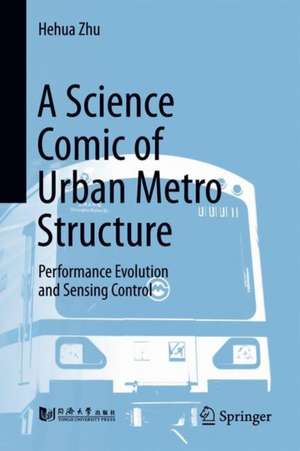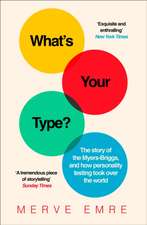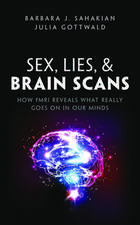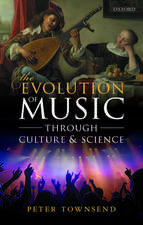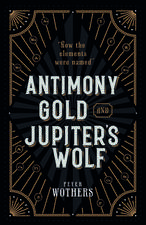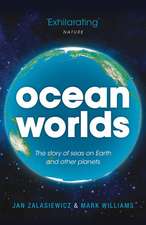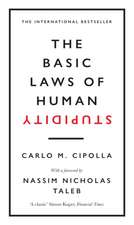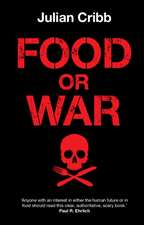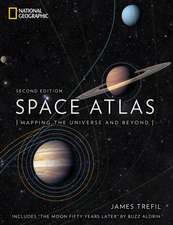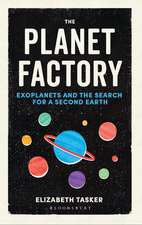A Science Comic of Urban Metro Structure: Performance Evolution and Sensing Control
Autor Hehua Zhuen Limba Engleză Hardback – 22 aug 2018
| Toate formatele și edițiile | Preț | Express |
|---|---|---|
| Paperback (1) | 175.51 lei 3-5 săpt. | |
| Springer Nature Singapore – 23 dec 2018 | 175.51 lei 3-5 săpt. | |
| Hardback (1) | 71.43 lei 3-5 săpt. | +15.15 lei 4-10 zile |
| Springer Nature Singapore – 22 aug 2018 | 71.43 lei 3-5 săpt. | +15.15 lei 4-10 zile |
Preț: 71.43 lei
Nou
Puncte Express: 107
Preț estimativ în valută:
13.67€ • 14.86$ • 11.49£
13.67€ • 14.86$ • 11.49£
Carte disponibilă
Livrare economică 31 martie-14 aprilie
Livrare express 14-20 martie pentru 25.14 lei
Preluare comenzi: 021 569.72.76
Specificații
ISBN-13: 9789811305795
ISBN-10: 981130579X
Pagini: 108
Ilustrații: IX, 106 p. 92 illus.
Dimensiuni: 155 x 235 x 15 mm
Greutate: 0.35 kg
Ediția:1st ed. 2019
Editura: Springer Nature Singapore
Colecția Springer
Locul publicării:Singapore, Singapore
ISBN-10: 981130579X
Pagini: 108
Ilustrații: IX, 106 p. 92 illus.
Dimensiuni: 155 x 235 x 15 mm
Greutate: 0.35 kg
Ediția:1st ed. 2019
Editura: Springer Nature Singapore
Colecția Springer
Locul publicării:Singapore, Singapore
Cuprins
Better Metro, Better City.- What Does a Metro Tunnel Look Like.- Metro Tunnel Can Get Sick.- Digital Information Archive of Metro Tunnel.- Experts Diagnoses for Metro Tunnel.- Metro Tunnel Consultation.- Metro Tunnel Consultation.- Metro Tunnel Therapy.- Metro Tunnel, Aging with Us.
Notă biografică
Prof. Hehua Zhu is a Distinguished Professor in Geotechnical Engineering at Tongji University. He is also a Changjiang Scholar Chair Professor, and the director of the Ministry of Education of China’s Engineering Research Center of Information Technology in Civil Engineering. He received his bachelor’s and master’s degrees in Mining Engineering from Chongqing University in 1983 and 1986 respectively, and his Ph.D. in Structural Engineering from Tongji University in 1989. His research interests include the life-cycle design theory of tunnel and underground engineering, smart underground infrastructure construction, fire disaster prevention and reduction for underground spaces, rock failure mechanics and numerical methods in geo-engineering.
He is a technical committee member of JTC2, the vice president of the Chinese Society of Rock Mechanics and Engineering, and committee member of the Tunnel and Underground Engineering of China Civil Engineering Society. He has published over250 journal papers and edited or co-edited 8 books, and holds 38 patents for inventions and utility models. He received the Humboldt Research Prize in 2015 and the T.H.H. Pian medal in 2013 in recognition of his seminal contributions to research on Geo-mechanics and Geo-Environmental Engineering.
He is a technical committee member of JTC2, the vice president of the Chinese Society of Rock Mechanics and Engineering, and committee member of the Tunnel and Underground Engineering of China Civil Engineering Society. He has published over250 journal papers and edited or co-edited 8 books, and holds 38 patents for inventions and utility models. He received the Humboldt Research Prize in 2015 and the T.H.H. Pian medal in 2013 in recognition of his seminal contributions to research on Geo-mechanics and Geo-Environmental Engineering.
Textul de pe ultima copertă
This science comic presents the entire life cycle of the metro system in an accessible and fun way. Just like human beings, a metro system can get sick, and this book introduces its ailments, medical records along with experts’ diagnoses and available treatments. Using cartoons, it enables readers of all levels to quickly understand the scientific secrets behind the metro system. It is based on the results of China’s 973 program, which aims to promote and develop basic scientific research in China.
Caracteristici
Introduces the latest scientific findings on the life cycle of the metro system Uses the form of easily accessible cartoons that are suitable for readers from all knowledge levels Depicts the evolution of metro structures and proposes possible solutions for aging metro systems
